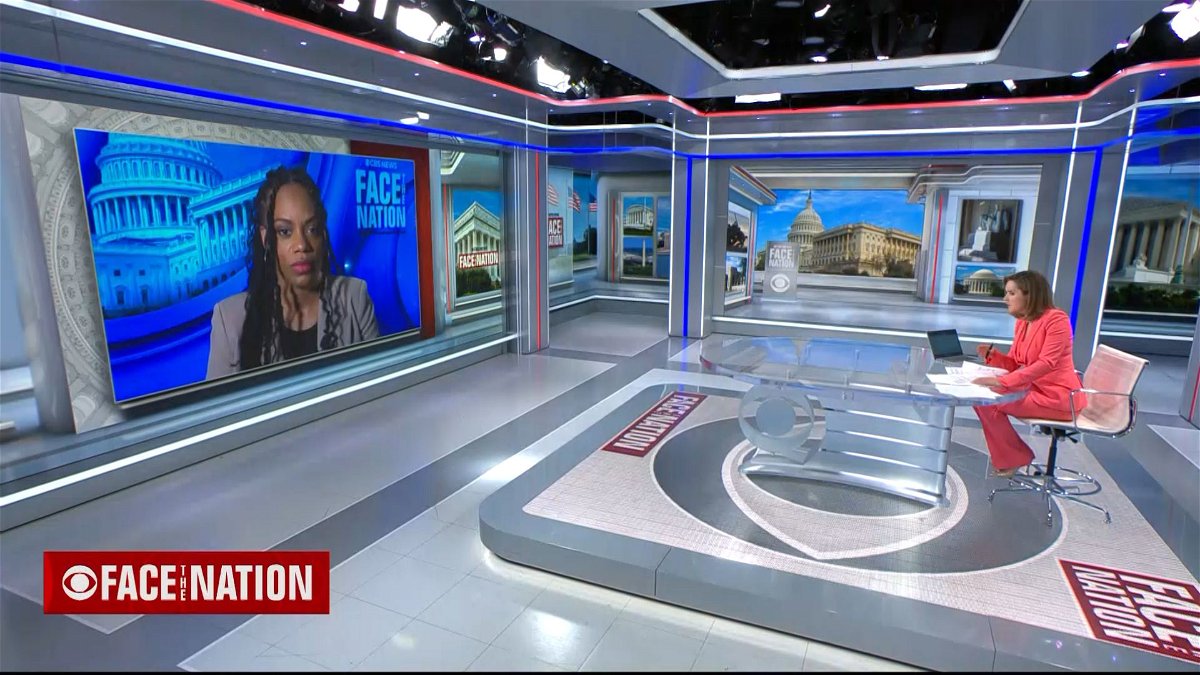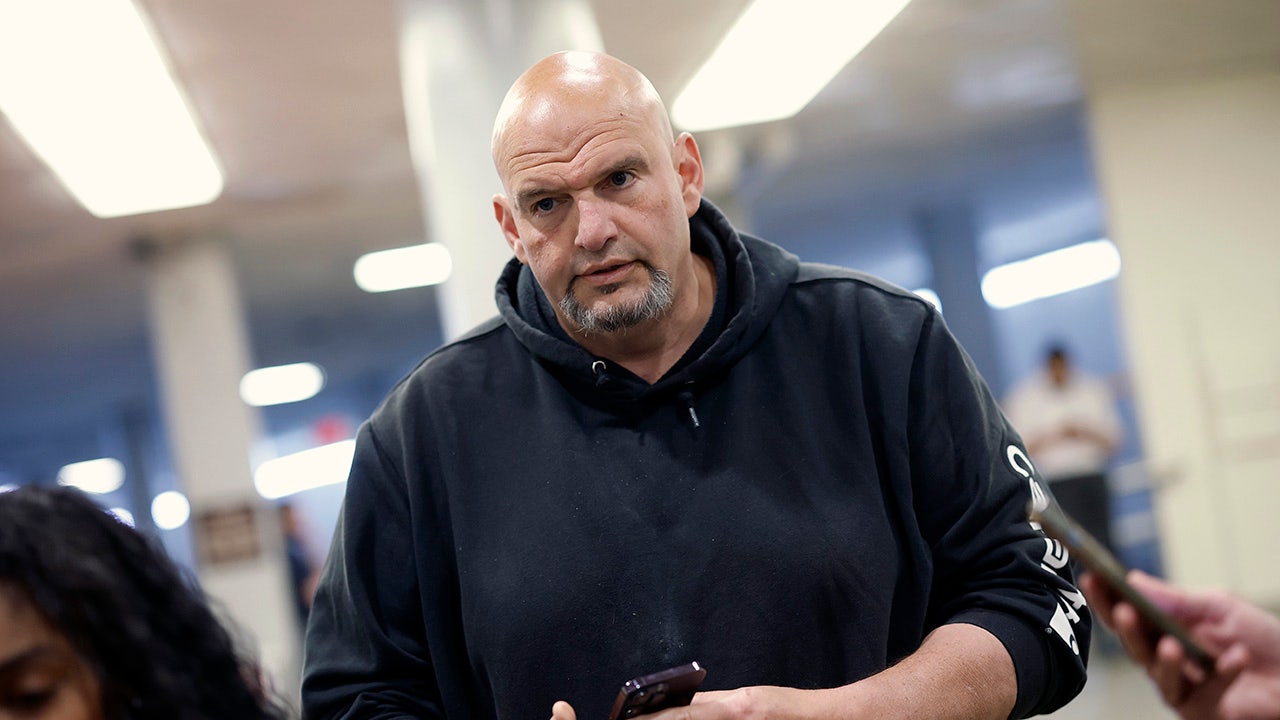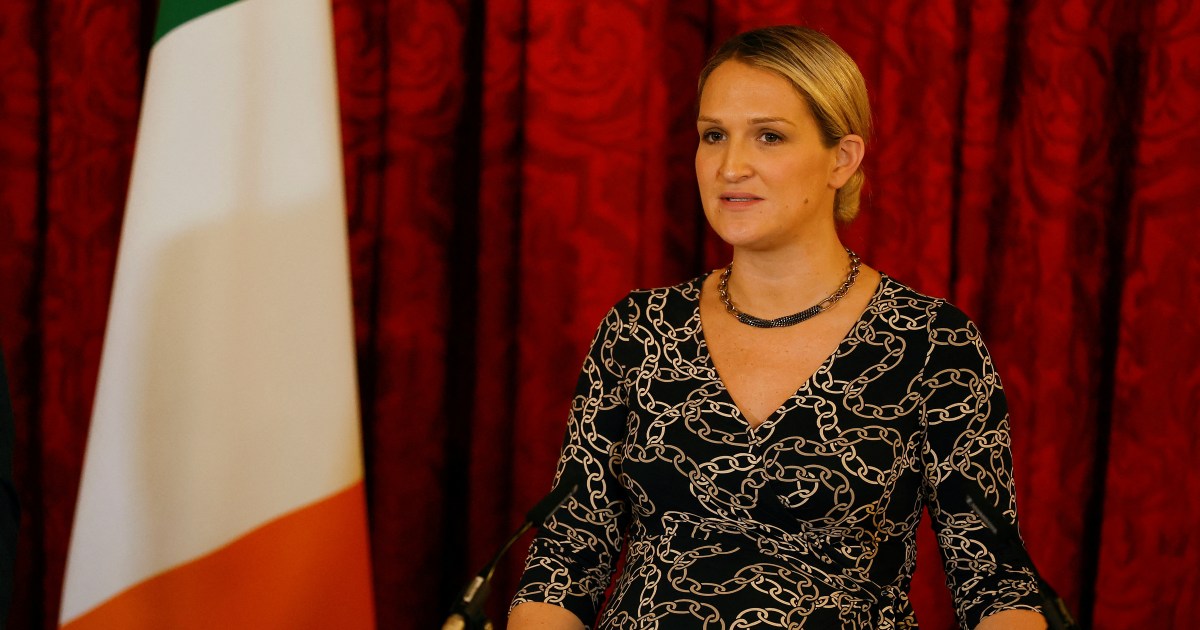Movie Reviews
Film review | ‘Io Capitano’ — Dreaming of a Better Life, with Nightmares in Store
One of the finest films at this year’s Santa Barbara International Film Festival — if not the finest, period — Matteo Garrone’s powerful refugee saga Io Capitano (headed to the Riviera for a week’s run — don’t miss it) can be boiled down to an elemental plot summation. But its true depths transcend any simple plot summary. Two hopeful young Senegalese men dream of escaping their impoverished lives in their village and brave the perilous road north to Tripoli and then crossing the Mediterranean to Sicily and, presumably, a European dream.
What makes Io Capitano such a captivating piece of cinema, a film with an ingrained but never ham-fisted socio-political agenda, is Garrone’s fierce quest for both authenticity and an engaging filmic atmosphere. Creating a script in collusion with Mamadou, who personally endured the story we’re watching, Garrone rightly opens the story in the Senegalese village, with its infectious vibrancy of culture, musical pulsations, unabashed color, implied aromas and the complex emotional textures involved.
The opening is key to a central concern and goal of the film, to actually tell the tale of a refugee’s flight from the inside and starting with their source, in this case, not a war-torn or oppressive zone but one lined with economic struggles and limited futures for our young dreamers. The tight focus on the refugees’ lives and backgrounds contrasts a more common detached portrayal in the media, through which refugees are dehumanized and viewed as faceless victims and statistical props.
Garrone has proven his artistic mettle in terms of dealing with gritty realism — and the beating hearts of real-life characters and situations — in ways both visceral and underscored by compassionate humanity. His breakout 2008 film Gomorra (a hit of that year’s SBIFF) grabs us by the senses and the sternum in its depiction of violence and wheels of vengeance with the young gangster anti-heroes in an Italian crime syndicate.
In Io Capitano, the heartless purveyors of violence are in no way protagonists, but opportunistic bad actors exploiting the vulnerability and meager finances along the refugees path. One grisly scene in a bogus “prison” is particularly hellish, while the Sahara crossing scene embodies the concept of a long-suffering desert trek. But the Homeric path is also lined with acts of kindness and optimism in the face of daunting challenges and occasionally abject adversity.
Horrors notwithstanding, Io Capitano brims with a tenacious sense of hope in its bedraggled and sometimes brutalized characters. A final, lingering shot of our hero, deputized as the captain of a rickety Mediterranean ship packed with refugees, is one of the most memorable shots in all of 2023 cinema.
At the SBIFF screening a fascinating post-screening Q&A lent added veracity to the story thanks to the presence of Garrone, his two lead actors (Seydou Sarr and Moustapha Fall) and also the man whose story is distilled on the screen.
Fall gave an impassioned commentary, with an almost sermon-like fervor: “life is a risk, like a jungle… this film is also like a doc, because it is reality for so many people. Every single person has a right to dream. This movie will help the world see this reality.”Io Capitano, nominated for Best Foreign Film Oscar and with an expanding public appeal internationally, is well on its way to spreading the gospel about that reality. Garrone’s multi-faceted film is a potent reality check on a world where inequities are rampant: it is also an example of the unique power of cinema to tell stories and lure us into untold worlds of being, and dreaming.

Movie Reviews
Challengers Movie Review

The opinions expressed in this article are the writer’s own and do not reflect the views of Her Campus.
This article is written by a student writer from the Her Campus at San Francisco chapter.
On Monday, April 22nd Regal Stonestown Galleria, just a few hundred feet away from SFSU, hosted an advanced screening of Challengers, one of the most highly anticipated movies of 2024. Directed by Luca Guadagnino and starring Josh O’ Connor, Mike Faist, and Zendaya – Challengers I can confidently say, lived up to its long awaited release.
The original release date for the film was September of 2023, but with the WGA/SAG-AFTRA strike, we got our first trailer in June of 2023 to then have to wait a grueling ten months for its release. I have already seen the film twice and cannot wait for it to hit streaming platforms and here are three things that I will not stop talking about.
Codependency: The Movie
Given the director’s candid remark, “I think those three characters in that movie are beautifully complex and really f*cked-up people that I love very much,” it couldn’t be a more fitting description for Art, Tashi, and Patrick. The audience has been divided by their love, understanding, or attraction to each character. However, after watching it for the second time, I’ve come to realize that these characters are indeed beautifully complex. They are all in pursuit of something they can only find in each other, which undeniably influences their actions. Therefore, when you find yourself torn between Team Art, Team Tashi, or Team Patrick, you might unconsciously be gravitating towards the character whose actions you find most tolerable. After my first viewing, I was 100% Team Art, but even at the time of writing this article I don’t know where my allegiance lies at this point.
Stellar Cinematography
Italian director Luca Guadagnino has solidified his status as a legend in the film industry, known for creating emotionally complex, sultry, and visually captivating works. Challengers, is no exception. As a cinema student, I was fascinated by cinematography. For those familiar with Guadagnino’s 2022 film Bones and All, starring Timothée Chalamet and Taylor Russell, you’ll notice striking similarities. The movie sports camera angles that bring you intimately close to the characters, almost as if you’re intruding on their personal space. There are intense shots that seem to place the camera on the tennis ball as it zips back and forth across the court. True to Guadagnino’s style, there are also moments where time seems to slow down amidst what would otherwise be fast-paced scenes.
Sexual Tension
This. Movie. Is. Sexy.
For a film that has absolutely zero sex scenes, there are moments in this film that will leave you feeling flushed and excited. As someone who’s never been a big sports fan, I now see tennis as the most intimate sport out there. I will keep this paragraph short but all I will say is that viewers will walk away from this film with a new love for short shorts, sweat, and they’ll never look at a churro the same way again.
Movie Reviews
High & Low – John Galliano Movie Review: A fascinating study of a fashion designer's fall from grace

The premise of Kevin Macdonald’s High & Low – John Galliano lends itself well to the documentary format, given that it charts the zenith and nadir of the career of a famous fashion designer. The highs are insane, and the lows plummet to profound depths. The first half of the film captures John Galliano’s rise from the boutiques of London to the haute couture scene in France. Two-three passages in the first half stand out, thanks to the nuggets of information Kevin presents. One is about how Galliano was inspired by Abel Gance’s silent film Napoléon to create an extravagant clothing style among the elite. During the French revolution, youngsters apparently resisted the trend of clothes without extravagant styling, and this film shows how Galliano channels this through his fashion, with the repeated use of Napoléon drumming in his influence on the fashion designer’s work.
Director: Kevin MacDonald
Cast: John Galliano, Charlize Theron, Penélope Cruz, Edward Enninful, Naomi Campbell
Streamer: Mubi
The other, more fascinating portion of the film’s first half is so typical of the Kevin Macdonald brand of storytelling. First, through a mix of voiceover and fashion footage, Kevin shows Galliano’s response to the abuse he faced in childhood for homosexual tendencies, and the resultant trauma. There is a portion about his father beating him for calling a young man “gorgeous.” Kevin juxtaposes this with a moment where Galliano, now a successful fashion designer, clad in a pink T-shirt that says “gorgeous,” walks the ramp with a couple of women. It is particularly provocative for the blink-and-you-miss-it way in which Kevin presents it, much like how he addresses Idi Amin’s meat-eater reputation in The Last King of Scotland. By this time, the film leaves you engrossed in its world-building, full of dramatic lighting that highlights the models and their garments, the clicking sound of cameras, and the energetic background music. For a good part, watching the film is like being on the front row of a fashion show, thanks mainly to the use of archive footage.
Movie Reviews
Film Review: The Goldfinger (2023) Felix Chong
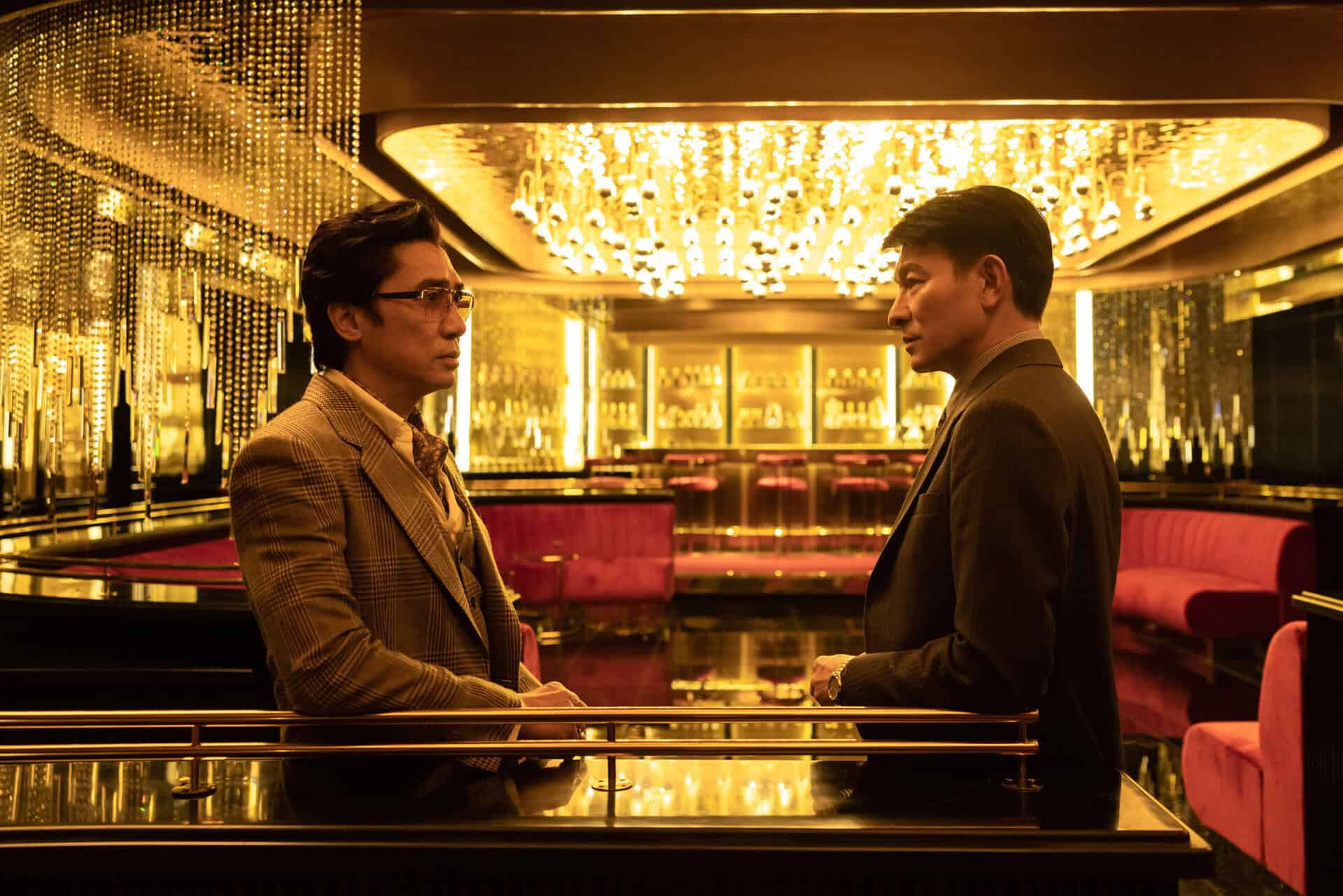
“Doing business in Hong Kong is lot of fun”
One of the most expensive Hong Kong movies ever made (HK$350 million or 41 million euros), “The Goldfinger” also brings together Felix Chong, Tony Leung and Andy Lau after “Infernal Affairs”, where the first co-wrote. Set in the 80s, the script is based on the story of Carrian Group, a Hong Kong corporation which rose rapidly before collapsing shortly afterwards due to a corruption scandal.
Buy This Title
by clicking on the image below
The movie actually starts with Henry Ching’s arrest, who is based on Carrian Group founder George Tan, Lau Kai-yuen, principal investigator of the Independent Commission Against Corruption (ICAC). A bit later, the timeline changes to the mid-70s, with Henry Ching arriving in Hong Kong and trying to get a job as an engineer. Considering the place is filled with people of the particular profession, he has no luck. Although so it seems, since he is eventually employed by K.K. Tsang, one of the heirs of a rather rich family, who has him posing as a buyer for his property, in order to convince Wu Reshong, an actual potential buyer, to increase the price he is offering. The plan eventually succeeds, and Tsang takes Ching under his wing, eventually giving him the capital to open his own company, which he ends up naming after his first hire, Carmen Cheung. Their luck, though, truly changes when Ching gets swindled in the stock market by Wu Reshong’s broker, Chung and decides to hire him. An initially reluctant to leave his employer Chung, is eventually convinced when Ching “offers” him Carmen, with the two eventually becoming a couple.
As they manage to manipulate the stock market and buy property by giving their stocks as contraband for increasingly bigger loans, the group, which eventually also includes Wu Reshong, starts becoming more and more successful. Eventually, they reach international level, with their stock being considered even more valuable than blue chips, but the handover changes everything. The second axis, of the present, also moves forward, showing Ching as a cruel man who does not shy from murdering his opponents, and Lau being continuously on his heels, despite his many failures and the strain his efforts place in his relationship with his family.
First things first. The classic style of Hong Kong cinema, with its permeating nonsensicality and the focus on individual scenes rather than the movie as a whole is not exactly ideal to present true stories. The fact becomes quite evident by the way the story progresses in a fashion that frequently does not make sense, with the back-and-forth in time not helping with the overall sense that the viewer is missing something. The scenes in the court, the presentation of the foreigners, and the ending suffer the most from this approach.
On the other hand, there are definitely enough elements here to make the film rise beyond its issues. First and most obvious, the cast and the acting. Tony Leung as Henry Ching gives another splendid performance, with the way he transforms through the years being a treat to watch. Andy Lau as Lau Kai-yuen is equally good as a character that is essentially the exact opposite of Ching, although the two share an obsession to achieve their goals against all odds. Simon Yam adds even more star quality as the benefactor who eventually becomes part of the group Ching heads. Michael Ning as Chung, and the way he falls for Carmen is one of the best aspects of the movie, while Charlene Choi, who plays her, is an impressive presence but in a role that is rather badly written. Lastly, Tai Bo as Wu Renshong, who will be forever remembered for eating two plates of spaghetti on his face in “Project A”, concludes the overall great cast, as an individual who is the top boss, but eventually is surpassed by Ching.
Furthermore, the comments about corruption, which actually start with the police in the first scenes in the movie, and the relationship between them, the capital, the stock market, and the crime world become quite evident. It is also worth noting that Ching was probably involved with people from the Philippines (Imelda Marcos), Indonesia and Malaysia, and the script actually includes them, giving the corruption an international scale. All in all, this is a great story and the fact becomes quite evident throughout the movie, even with the aforementioned shortcomings.
In that regard, what is actually equally impressive with the casting, is the amount of scenes presented through the 126 minutes of the movie, which is truly exuberant, highlighting both the big budget of the production and the amount of work that was put in the film. Occasionally, the audiovisual approach reminds intently of “The Wolf of Wall Street”, while there is a scene that will definitely make one think of “Sin City”. For the most part, though, “The Goldfinger” is its own animal, with the technical aspect finding its zenith in scenes like the one with the battle in the Golden Triangle, the one with the models dancing in glass cages, and the murder attempt on Lau. Overall, the visuals here, as captured by DP Anthony Pun are nothing short of impressive.
The Goldfinger is screening at UdineFar East Film Festival 2024
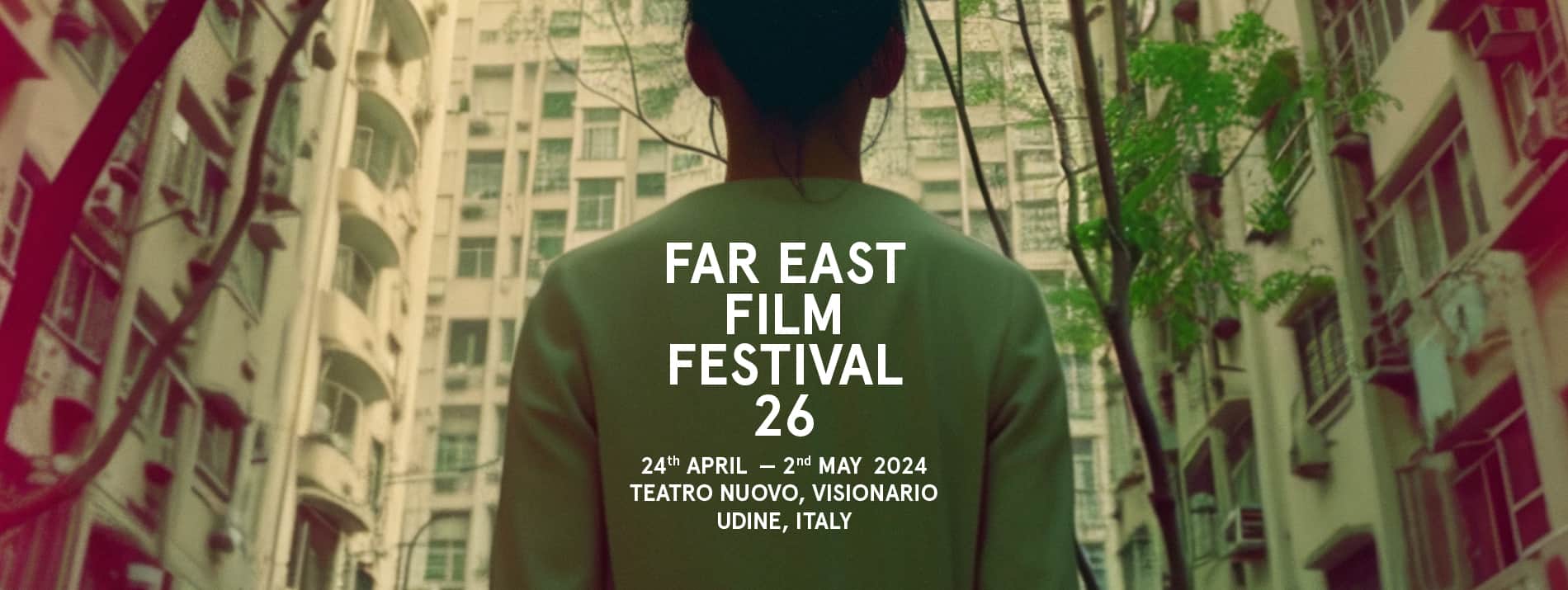
Again as usual in HK blockbusters, William Chang and Curran Pang’s editing results in a rather frantic face, which manages to hide the narrative issues to the point, also through the mixture of the timelines.
Overall, I am not sure how much the particular approach of HK cinema still applies here, particularly in real stories, but the fact remains that “The Goldfinger” is an outstandingly casted, audiovisually impressive film that offers entertainment aplenty.
-

 Kentucky1 week ago
Kentucky1 week agoKentucky first lady visits Fort Knox schools in honor of Month of the Military Child
-
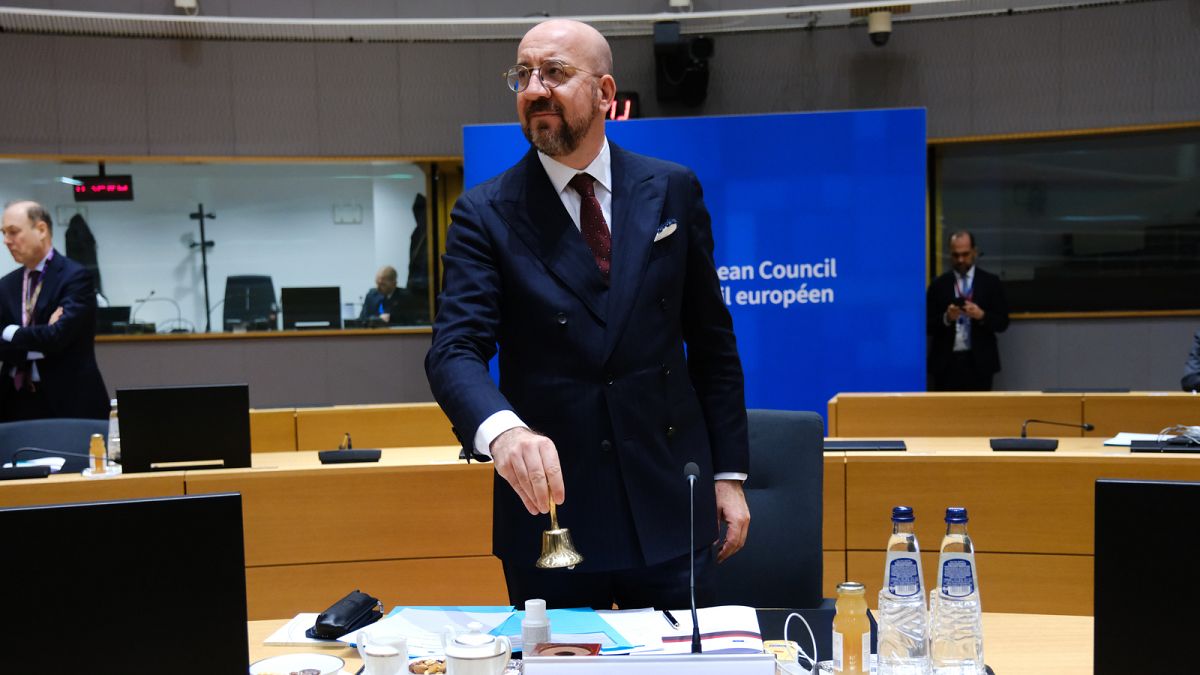
 World1 week ago
World1 week agoEU leaders weigh Lebanon partnership in response to Middle East crisis
-

 Movie Reviews1 week ago
Movie Reviews1 week agoFilm Review: Challengers – The Knockturnal
-
News1 week ago
Maryland high school student arrested after authorities discovered a 129-page document detailing school shooting plan, police say | CNN
-

 World1 week ago
World1 week agoIranian media says three drones downed after explosions heard in Isfahan
-

 World1 week ago
World1 week agoShipping firms plead for UN help amid escalating Middle East conflict
-

 News1 week ago
News1 week agoVideo: Kennedy Family Endorses President Biden
-
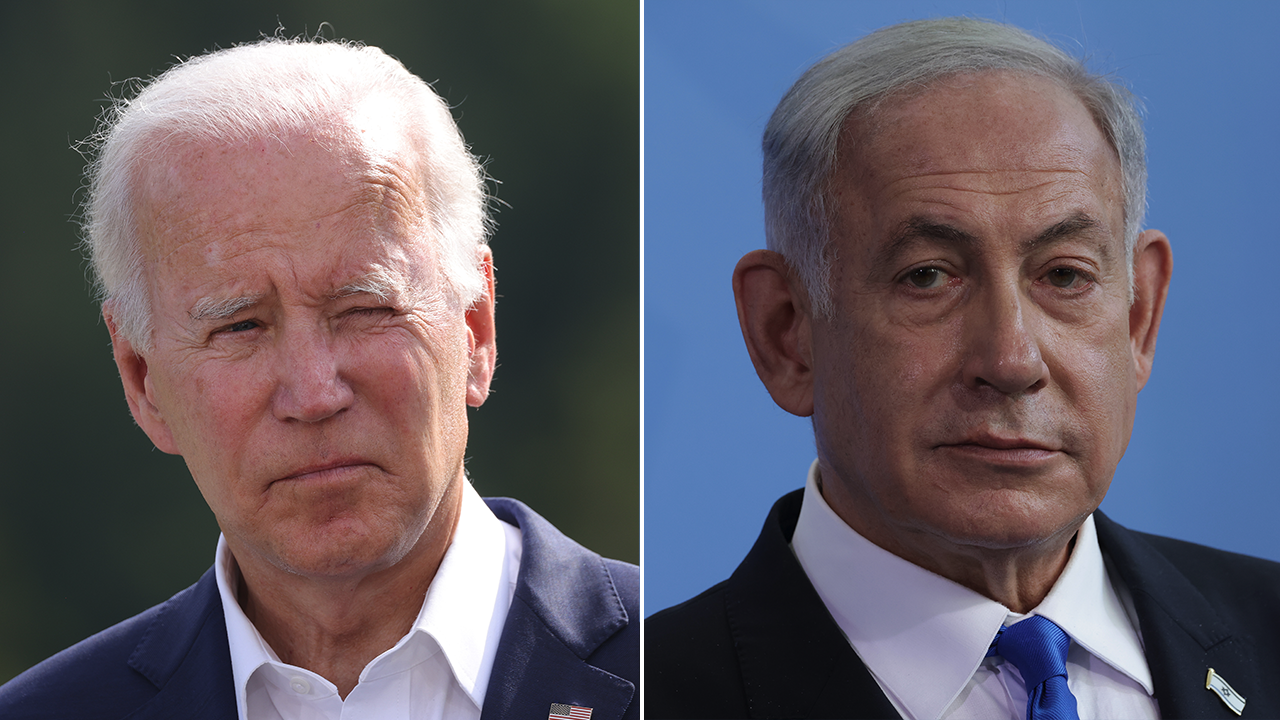
 Politics1 week ago
Politics1 week agoIsrael hits Iran with 'limited' strikes despite White House opposition


